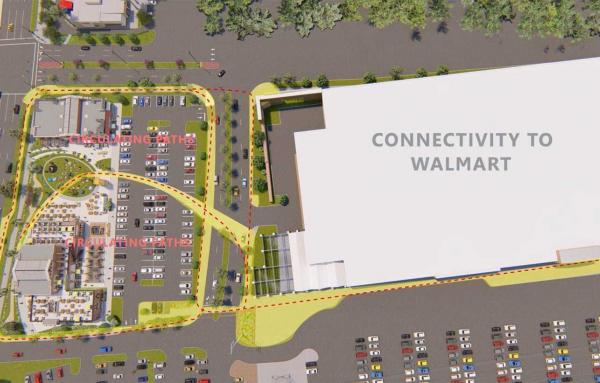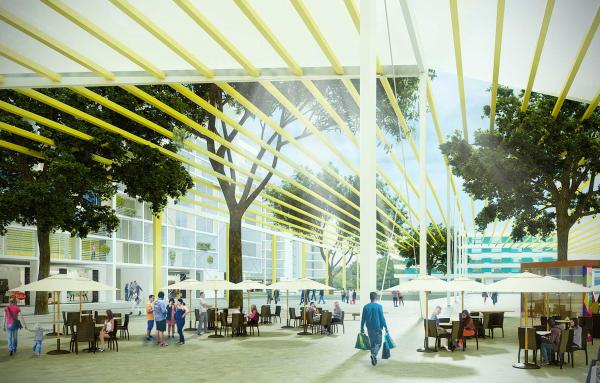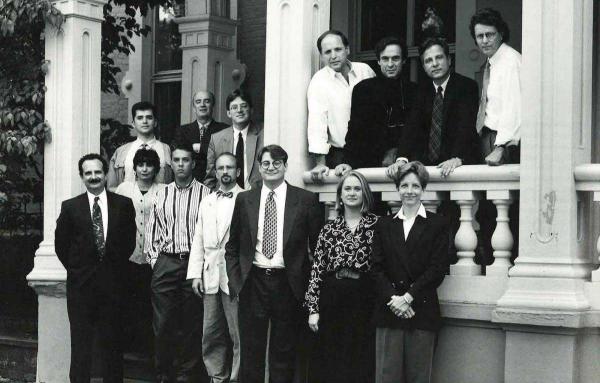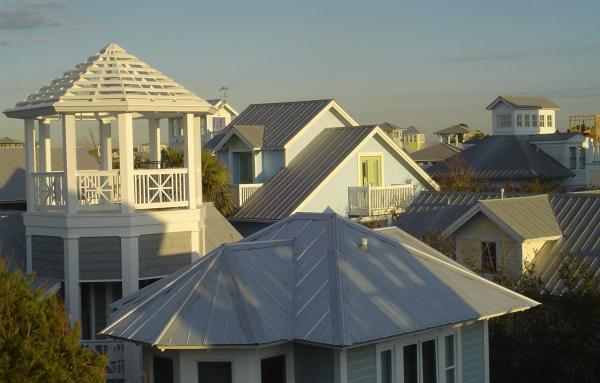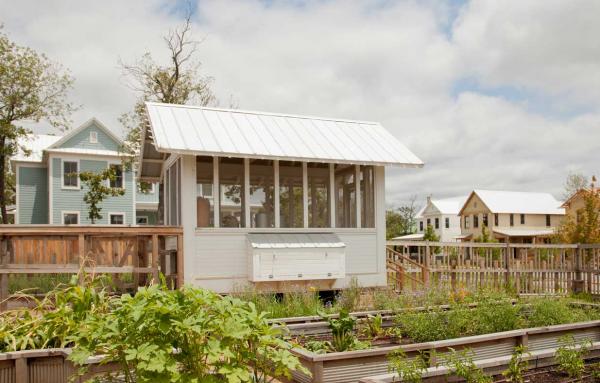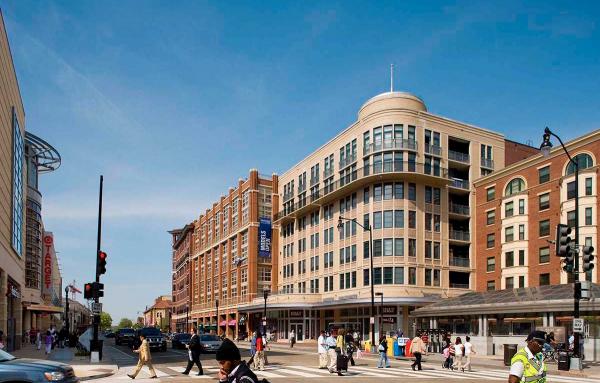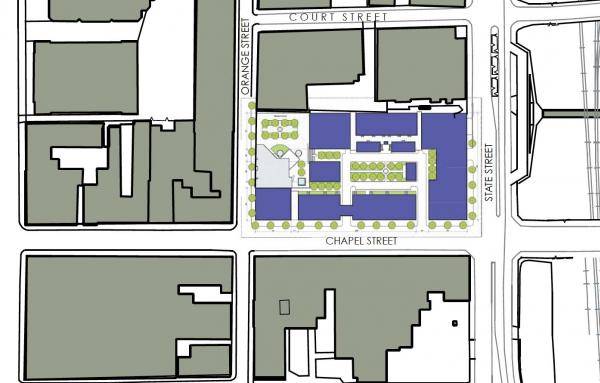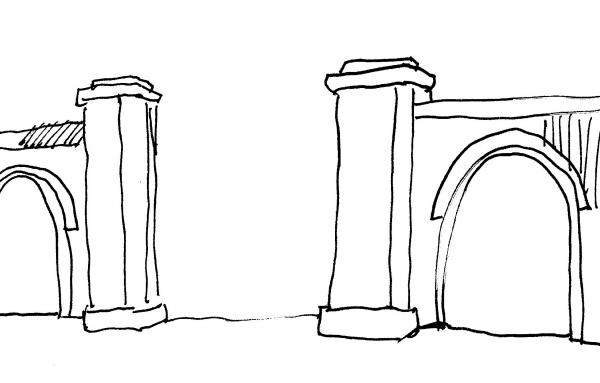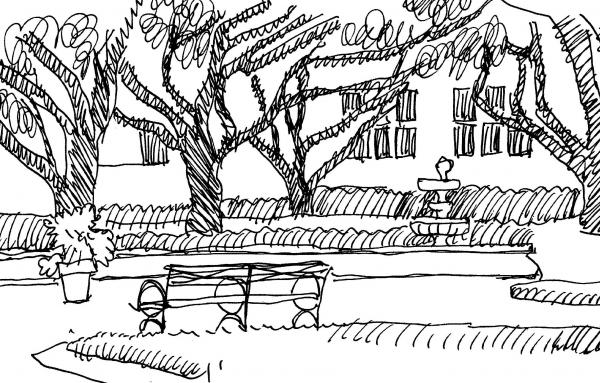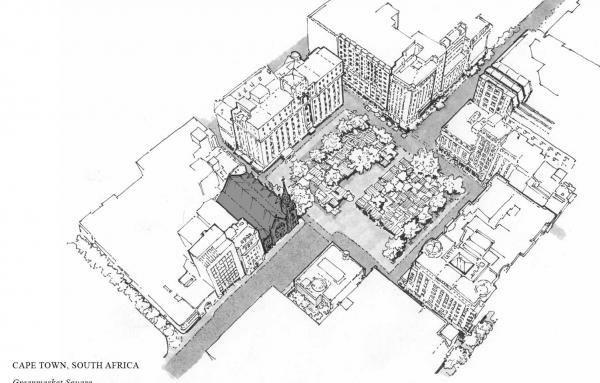Design
This is part 3 of a series on retrofitting urban patterns to create more resilient places where decentralized capital can flourish. A key step in that direction would be a specific kind of community planning exercise.
The 19th annual awards will feature a new category, "Emerging Projects," in addition to all outstanding work that fulfills the goals of the Charter of the New Urbanism.
For all its beautiful urbanism and high-quality transit, which America should emulate, Europe is behind the US in the understanding of charrettes, developers-as-town-founders, form-based coding, the Transect, and other new urban ideas.
A multidisciplinary group with potential influence on and understanding of the built environment, new urbanists were uniquely positioned to push back effectively against the status quo.
The well-known Panhandle beach town offers an early case study in frugal environmental design.
Here are roles and strategies that I have experienced to help many others to heal a damaged built environment.
Mid-rise residential buildings are an essential component of urbanism when they respond to context and help set the pattern of streets and blocks.
Giant surface parking destroys the geometrical coherence and pedestrian connectivity of a campus. The solution lies in limiting the width of the parking without reducing the number of parking spaces.
The boundary of a physical space counts for a major part of our spatial experience. Several distinct typologies for spaces contribute to a campus environment that is actively used.
Open space will be used when we feel that it encloses us with a semi-permeable, welcoming perimeter. The design of successful urban space therefore relies predominantly on human psychological responses.
